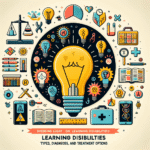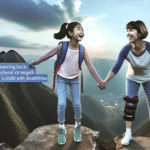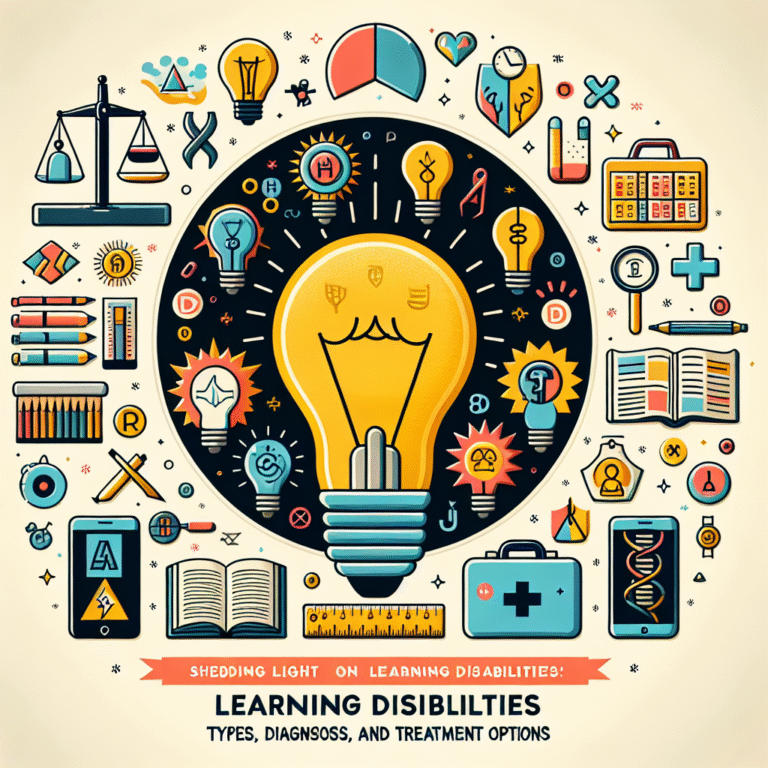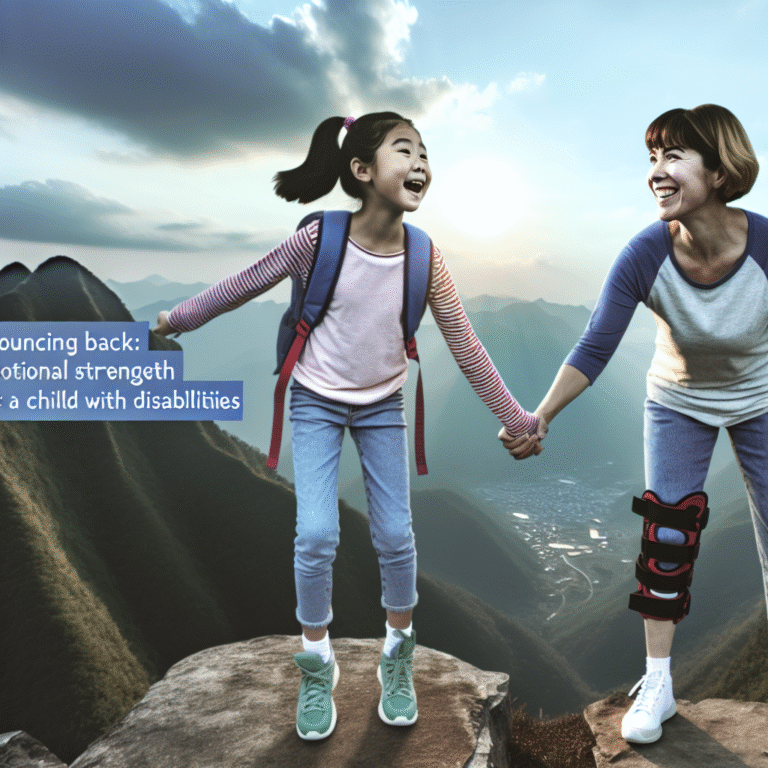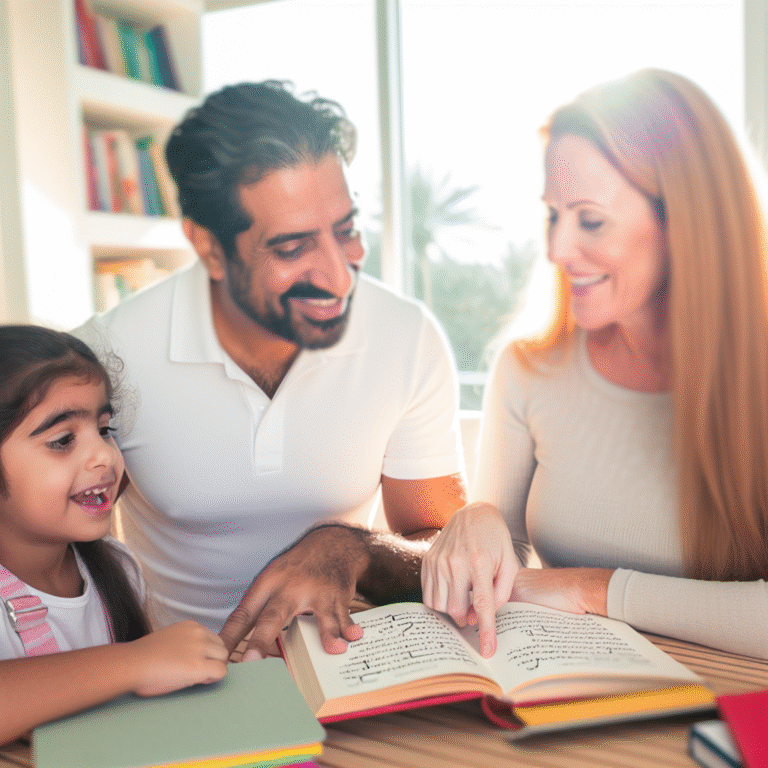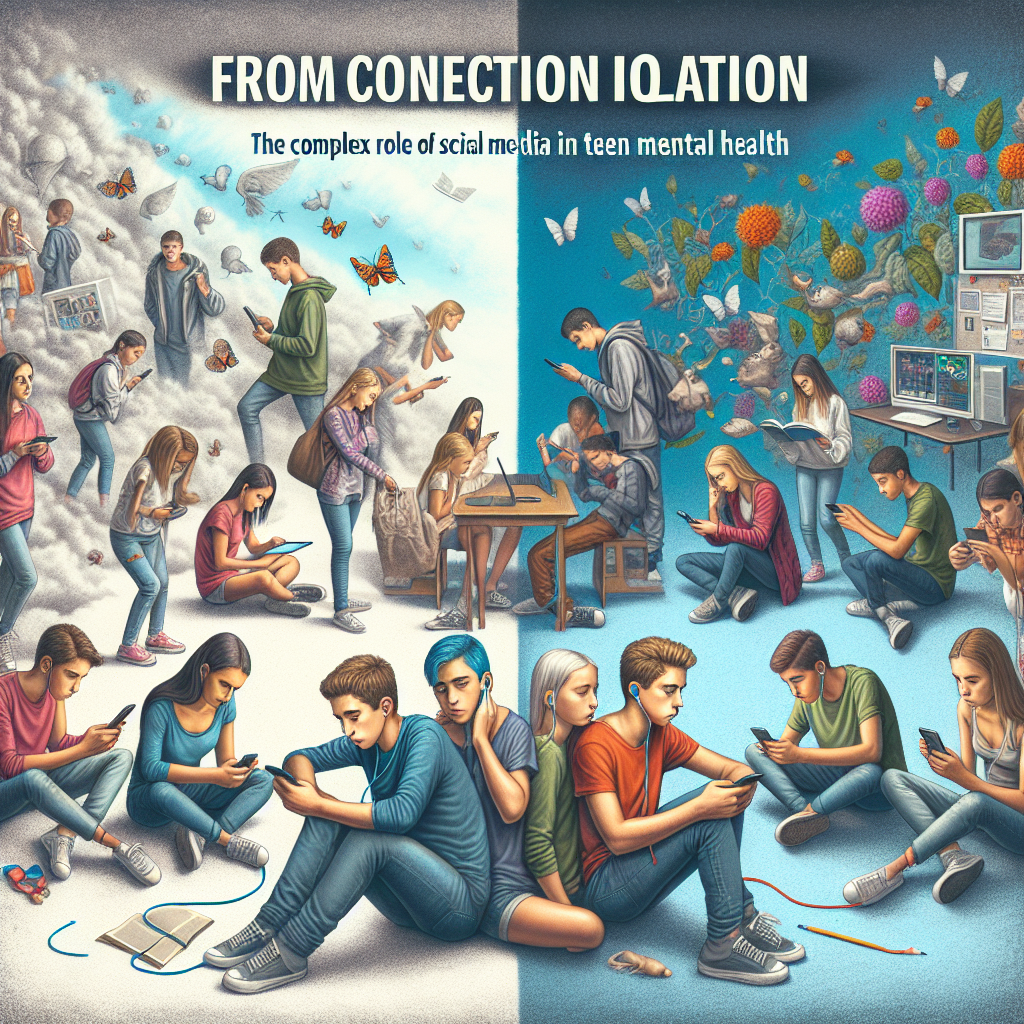
From Connection to Isolation: The Complex Role of Social Media in Teen Mental Health
Introduction
In a world where the average teenager spends upwards of nine hours a day on social media, the question of how these platforms influence mental health has never been more pressing. The phrase "From Connection to Isolation: The Complex Role of Social Media in Teen Mental Health" succinctly encapsulates the dichotomy of social media’s impact—while it connects us like never before, it can also create profound feelings of loneliness and despair. In this article, we’ll explore the multifaceted effects of social media on teen mental health, providing insights that are both unique and valuable.
The teen years are a critical development stage where emotional, social, and cognitive growth occurs. Understanding the intricate relationship between social media and mental health can empower parents, educators, and mental health professionals to foster a healthier environment for today’s digital natives.
The Double-Edged Sword of Social Media
Social media platforms like Instagram, Snapchat, and TikTok are designed to promote interaction, creativity, and self-expression. However, as children transition into adolescence, the allure of being part of an online community can swiftly turn into emotional peril.
The Connection Element
When analyzing the connection aspects of social media, research shows that it can enhance social relationships. A study conducted by the Pew Research Center found that 81% of teens feel more connected to their friends through these platforms. This connection can foster communication and support, particularly for those struggling with social anxiety or self-esteem issues.
Case Study: The Supportive Online Community
Consider the example of a closed Facebook group for LGBTQ+ teens. This group offers a vital support network for youth who may feel isolated because of their sexual orientation in their immediate environments. Here, members share their stories, seek advice, and connect with peers facing similar challenges. This case illustrates how social media can provide a necessary forum for empowerment and solidarity.
The Isolation Component
Conversely, excessive social media use can lead to feelings of isolation. The phenomenon known as "social comparison" often leads teens to gauge their self-worth against curated and often unrealistic portrayals of others’ lives. This comparison can escalate feelings of inadequacy, anxiety, and depression.
Case Study: The Downward Spiral of Social Comparison
A poignant example is the #PerfectLife trend on Instagram. Teens feel pressured to present their lives as perfect, showcasing idealized versions of themselves. When personal realities don’t match these portrayals, it can trigger a downward spiral of negative self-image and increased isolation. Research published in the Journal of Youth and Adolescence suggests that the more time teens spend on social media, the weaker their mental health becomes, leading to higher rates of depression and anxiety.
The Age of Digital Peer Pressure
Online Bullying
One of the darker aspects of social media is its role in facilitating cyberbullying. Unlike traditional bullying, which may have a clear endpoint, online harassment can persist 24/7, following victims wherever they go.
Chart: Statistics on Cyberbullying
| Statistic | Percentage |
|---|---|
| Teens who have experienced cyberbullying | 32% |
| Teens who report feeling stressed due to social media | 43% |
| Teens who have considered self-harm due to online bullying | 25% |
This chart showcases the alarming impact of cyberbullying. Victims often withdraw from social interactions offline, resulting in loneliness and isolation. The impact of this behavior cannot be understated; it reinforces the message that social media, while connecting us, can also segregate us through harmful interactions.
The Pressure to Perform
Another layer to consider is the performance culture on social media. Teens experience immense pressure to curate their lives, leading to burnout and dissatisfaction. The quest for likes, shares, and followers creates a toxic environment that prioritizes appearance over authenticity.
Case Study: The Instagram Influencer Movement
Take for instance the rise of teenage influencers. These young individuals often showcase a glamorous, filtered lifestyle that can distort their followers’ perceptions. The pressure to emulate such lifestyles can lead to anxiety and diminished self-worth, as followers grapple with the discrepancy between their real lives and those portrayed online.
Navigating the Complex Relationship
Healthy Social Media Habits
So, how do we navigate this complex relationship between social media and mental health? First, it’s essential to discern healthy social media habits. Here are a few actionable insights:
- Limit Time Spent Online: Personal technology can help track screen time, allowing teens to self-regulate their usage.
- Curate Your Feed: Encourage teens to follow accounts that promote positivity and authenticity, rather than those inciting envy or dissatisfaction.
- Digital Detox: Periodic breaks from social media can help refresh mental health and foster deeper connections in real life.
- Open Dialogues: Keeping lines of communication open between teens and trusted adults will create spaces for sharing concerns about online experiences.
Table: Healthy Social Media Usage Strategies
| Strategy | Description |
|---|---|
| Limit Screen Time | Set daily usage limits for apps. |
| Curate Your Feed | Follow positive and relatable accounts. |
| Practice Digital Detox | Take regular breaks from platforms. |
| Encourage Open Dialogues | Foster discussions about online experiences. |
The Role of Parents and Educators
Parents and educators play a vital role in helping teens navigate the online world. First, they can educate themselves about social media trends and challenges, allowing them to guide discussions with teens. This proactive approach will equip adults to recognize signs of distress related to social media use.
Case Study: Schools Implementing Social Media Literacy Programs
Some educational institutions have recognized the importance of social media literacy and now include it in their curriculum. Programs that teach digital citizenship empower students to think critically about their online presence and understand the potential psychological implications of their digital footprints.
The Research Landscape
To fully grasp "From Connection to Isolation: The Complex Role of Social Media in Teen Mental Health," it’s crucial to consider the growing body of research surrounding the subject.
The Statistics Speak
Surveys and studies have consistently shown a correlation between social media use and mental health issues among teenagers. According to the National Institute of Mental Health (NIMH):
- Youth Mental Health Statistics:
- 1 in 5 teens experience mental health disorders with significant impacts influenced by social media use.
- A 2022 study found that teens using social media over three hours a day reported higher rates of depressive symptoms.
Future Research Directions
Emerging research is focusing more on how different types of social media interaction impact mental health, such as video versus text-based communication. Additionally, there’s a growing interest in how social media usage during critical times (like a global pandemic) affects emotional well-being.
Conclusion
The landscape of social media is complex, with significant implications for teen mental health. While it offers unparalleled opportunities for connection and support, it also lays the groundwork for isolation, anxiety, and depression. It is imperative that we remain vigilant and proactive in addressing these challenges.
Parents, educators, and mental health professionals can work together to cultivate healthier social media habits and provide the necessary support for teens navigating these turbulent waters. The message is clear: while social media can be a part of the solution for connection, it must be approached with caution to avoid the pitfalls of isolation.
Empowering teens to strike a balance between their online and offline worlds is essential for their mental health and well-being. A conscious and mindful approach toward social media use will enable youth to not just survive the digital age, but thrive in it.
FAQs
1. How can I tell if my teen is struggling with social media use?
Signs of struggling may include withdrawing from friends or family, changes in mood, or a sudden shift in academic performance. Open a dialogue with them about their online experiences to gauge their feelings.
2. What can I do if my teenager is being cyberbullied?
Encourage your child to block the bully and report the behavior to the platform. Keeping records of the harassment can also help when seeking further assistance.
3. Is there a recommended amount of time for teens to spend on social media?
The American Academy of Pediatrics suggests limiting recreational screen time to no more than two hours per day for older children and teens, with an emphasis on remaining engaged in real-life activities.
4. How can social media help improve my teen’s mental health?
When used mindfully, social media can foster connections and provide support, particularly in communities that may not be accessible offline. It can be a place for positive interaction, creativity, and encouragement.
5. What role do schools play in addressing social media impacts on mental health?
Schools can implement social media literacy programs and provide resources to educate students about responsible online behavior and the potential risks associated with social media use.
By understanding the nuanced relationship encapsulated in "From Connection to Isolation: The Complex Role of Social Media in Teen Mental Health," we can better support the next generation in navigating this digital landscape.

